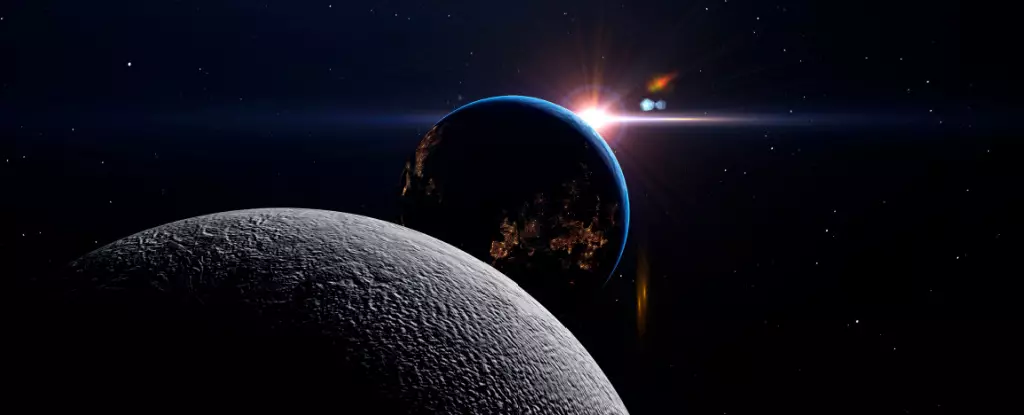As astronauts departed the lunar surface for the last time 52 years ago, the Moon has been patiently waiting for our return. A recent study conducted by NASA scientists revealed that the Moon’s time is slightly ahead of Earth’s time by approximately 1.1 seconds. This seemingly insignificant difference in time could have significant implications for navigation systems as NASA prepares to launch its crewed missions to the Moon and beyond.
Albert Einstein first postulated the concept of gravity’s impact on time in his general theory of relativity. However, it is only in recent years that advances in technology have enabled scientists to detect and measure the subtle differences in time caused by variations in gravity. The Moon, with its one-sixth of Earth’s gravity, presents a unique opportunity to study these temporal distortions. NASA’s upcoming Artemis missions, scheduled to return astronauts to the Moon by 2026, have added a sense of urgency to understanding these discrepancies.
The Moon’s gravitational pull causes it to gain approximately 57 millionths of a second per Earth day. NASA scientists, led by physicist Slava Turyshev, calculated this difference by analyzing the time scales of Earth and the Moon relative to the barycenter of the solar system. This newfound knowledge is crucial for developing a unified time reference system for lunar missions, allowing for precise navigation and landing procedures.
While the initial findings are promising, they have yet to undergo peer review. Various agencies and international bodies, including the US National Institute of Standards and Technology, the International Bureau of Weights and Measures, and the International Astronomical Union, are set to convene in August to corroborate and refine the definition of lunar time. The accuracy of these calculations is paramount, considering the vast distances involved in space exploration.
In addition to gravitational influences on time, scientists are also monitoring Earth’s rotation, which has been gradually slowing down. This phenomenon, coupled with human activities that have altered the planet’s spin, highlights the interconnectedness of celestial bodies and the need for careful observation and study. Understanding these intricate relationships is crucial for future space missions and sustainable exploration efforts.
The Moon’s unique timekeeping properties have significant implications for NASA’s upcoming missions. By unraveling the complexities of temporal distortions caused by gravity, scientists are paving the way for precise navigation and enhanced safety measures during space travel. Collaborative efforts and ongoing research will be essential in refining our understanding of lunar time and its impact on interplanetary exploration.


Leave a Reply